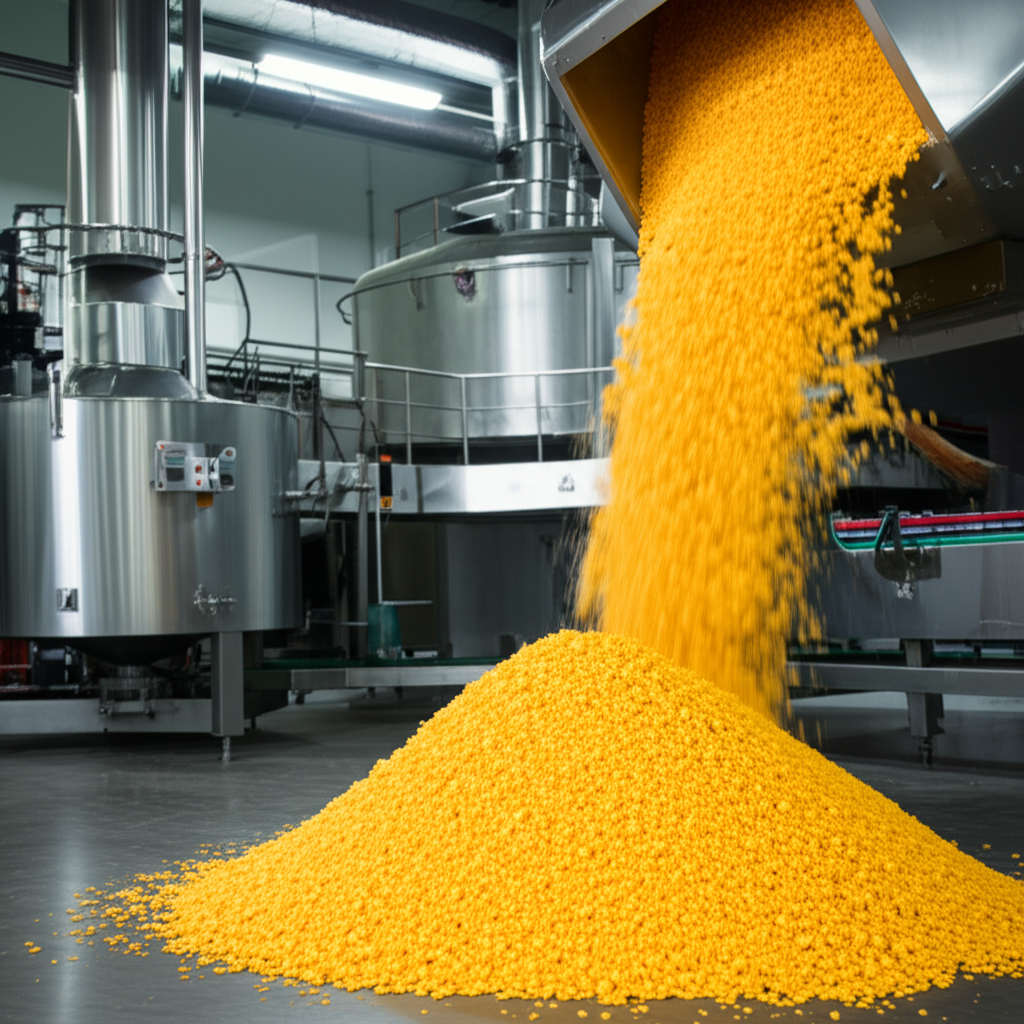Panko vs. Breadcrumbs: A Comparison of Japanese and American Styles
Breadcrumbs are a ubiquitous ingredient in many cuisines, serving as a coating, topping, or binding agent. However, not all breadcrumbs are created equal. Japanese-style breadcrumbs, known as panko, and American-style breadcrumbs differ significantly in their production, texture, flavor, and culinary applications. Understanding these differences can help cooks choose the right type for their dishes.
1. Origin and Cultural Background
- American Breadcrumbs:
Rooted in Western culinary traditions, American breadcrumbs are typically made from dried or toasted bread (often white or wheat bread) that is ground into fine or coarse particles. They have long been used in European and American cooking for frying, baking, and stuffing. - Japanese Panko:
Panko (パン粉) is a Japanese word meaning “bread powder.” It originated in Japan during the 20th century and was inspired by Western-style bread. Unlike traditional breadcrumbs, panko is made from crustless bread and processed to create a distinct light, flaky texture.
2. Production Process
- American Breadcrumbs:
Traditionally made by drying or toasting bread and then crushing or grinding it. They can be fine or coarse, plain or seasoned. Some commercial varieties include additives for preservation or enhanced flavor. - Japanese Panko:
Produced by baking crustless bread using an electrical current, which creates a light, airy structure without browning. The bread is then coarsely ground into large, irregular flakes. This unique process avoids oil absorption and yields a crispier texture.
3. Texture and Appearance
- American Breadcrumbs:
- Texture: Denser, finer, and more granular.
- Appearance: Often sandy or powdery, with a uniform size.
- Fried Results: Forms a thicker, harder coating that can absorb more oil, sometimes resulting in a heavier, greasier feel.
- Japanese Panko:
- Texture: Light, flaky, and airy with sharp edges.
- Appearance: Larger, irregular flakes that resemble shards.
- Fried Results: Creates an exceptionally crispy, delicate, and non-greasy crust. The flakes tend to stay separated, providing a crunchier bite.
4. Flavor Profile
- American Breadcrumbs:
Often neutral but can be pre-seasoned with herbs, spices, or cheese. The finer texture allows them to absorb and retain flavors well. - Japanese Panko:
Generally neutral and less absorbent, making it ideal for dishes where the natural flavor of the ingredient should shine. Its lightness doesn’t overpower the food.
5. Culinary Uses
- American Breadcrumbs:
- Breading: For fried foods like chicken cutlets, fish sticks, or mozzarella sticks.
- Binding: In meatballs, meatloaf, or veggie burgers.
- Topping: For casseroles, macaroni and cheese, or baked dishes.
- Stuffing: Mixed with herbs and butter for poultry stuffing.
- Japanese Panko:
- Light Frying: Perfect for dishes like tonkatsu (pork cutlet), ebi fry (fried shrimp), or chicken katsu.
- Crispy Toppings: Adds crunch to baked seafood, gratins, or pasta dishes.
- Air Frying: Its low oil absorption makes it popular in healthier cooking methods.
6. Nutritional Comparison
- American Breadcrumbs:
Often higher in calories and fat due to oil absorption. Seasoned varieties may contain added sodium and preservatives. - Japanese Panko:
Typically lower in calories, fat, and sodium (if unseasoned). Its airy structure absorbs less oil, making it a lighter option.
7. Global Adaptation
- While American breadcrumbs remain a staple in Western kitchens, panko has gained international popularity for its superior crispiness and versatility. Today, panko is widely used in fusion cuisines and modern recipes beyond Japanese dishes.
How to Choose Between Them
- Use American breadcrumbs for:
- Heavier, denser coatings.
- Dishes where a traditional, rustic texture is desired.
- Binding mixtures like meatballs.
- Use Japanese panko for:
- Ultra-crispy, light coatings.
- Frying or baking with minimal oil.
- Dishes where texture is as important as flavor.
Conclusion
The choice between American breadcrumbs and Japanese panko ultimately depends on the desired texture, flavor, and cooking method. American breadcrumbs offer a familiar, hearty crunch, while panko delivers a delicate, crispy finish. By understanding their unique qualities, cooks can leverage both types to elevate a wide range of dishes, from classic comfort foods to innovative culinary creations.








